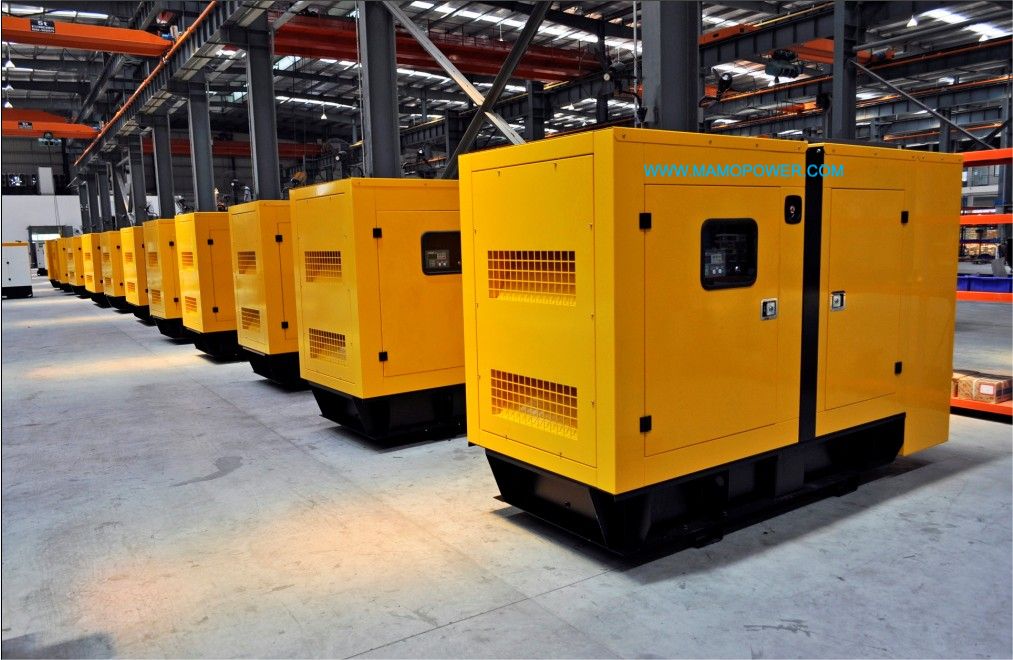Introduction:
Diesel generators are essential power backup systems that provide reliable electricity in various settings, including residential, commercial, and industrial environments. Proper installation is crucial to ensure their safe and efficient operation. In this article, we will explore the basics of diesel generator installation, covering important factors to consider and the key steps involved.
Site Selection:
Selecting the right location for your diesel generator is vital. Consider the following factors:
Accessibility: Choose a location that allows easy access for maintenance, repairs, and fuel refilling.
Ventilation: Ensure proper ventilation to dissipate heat and exhaust gases. Generator rooms should have adequate airflow and exhaust systems.
Soundproofing: If noise is a concern, consider soundproofing measures to minimize the impact on neighboring areas.
Safety: Keep generators away from flammable materials and maintain proper clearance around the unit to comply with safety regulations.
Electrical Requirements:
Understanding the electrical requirements of your generator is crucial for a successful installation. Consider the following aspects:
Load Analysis: Determine the power requirements of the electrical loads you intend to connect to the generator. This analysis helps determine the appropriate generator capacity.
Transfer Switch: Install a transfer switch to ensure seamless switching between the main power supply and the generator during power outages.
Wiring and Connections: Ensure proper wiring and connections are made following local electrical codes and manufacturer guidelines. It’s recommended to hire a qualified electrician for this task.
Fuel Supply:
Proper fuel supply is essential for the uninterrupted operation of your diesel generator. Consider the following points:
Fuel Storage: Install a suitable fuel storage tank or connect to an existing fuel supply, ensuring compliance with local regulations.
Fuel Quality: Monitor and maintain the quality of the fuel to prevent contamination or degradation, which can adversely affect generator performance.
Fuel Filtration: Install proper fuel filtration systems to remove impurities and ensure clean fuel reaches the generator.
Exhaust System:
An efficient exhaust system is crucial for safe and proper generator operation. Consider the following factors:
Exhaust Piping: Install appropriate exhaust piping to direct the emissions away from occupied areas and comply with environmental regulations.
Mufflers and Silencers: Install mufflers and silencers to reduce noise levels and minimize the impact on the surrounding environment.
Startup and Testing:
Once the installation is complete, thorough testing is essential to ensure the generator functions as expected. Perform the following tasks:
Startup Procedure: Follow the manufacturer’s guidelines for proper startup procedures, including checking fuel levels, battery connections, and control panel settings.
Load Testing: Conduct load testing to verify that the generator can handle the connected electrical loads and adjust settings if necessary.
Maintenance Schedule: Develop a regular maintenance schedule and follow the manufacturer’s recommendations to ensure the generator’s long-term reliability.
Conclusion:
Proper installation of diesel generators is crucial for their safe and efficient operation. By carefully considering site selection, electrical requirements, fuel supply, and exhaust systems, and conducting thorough testing, you can ensure a reliable backup power source. It is recommended to consult with experts and adhere to local regulations and manufacturer guidelines for a successful installation.
Post time: Jul-14-2023

















